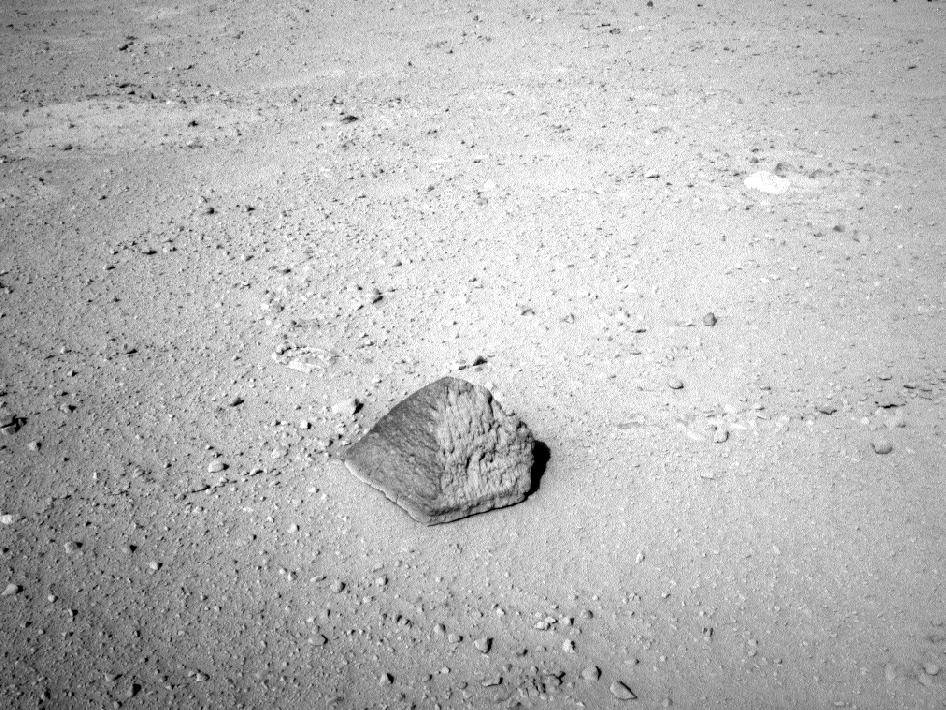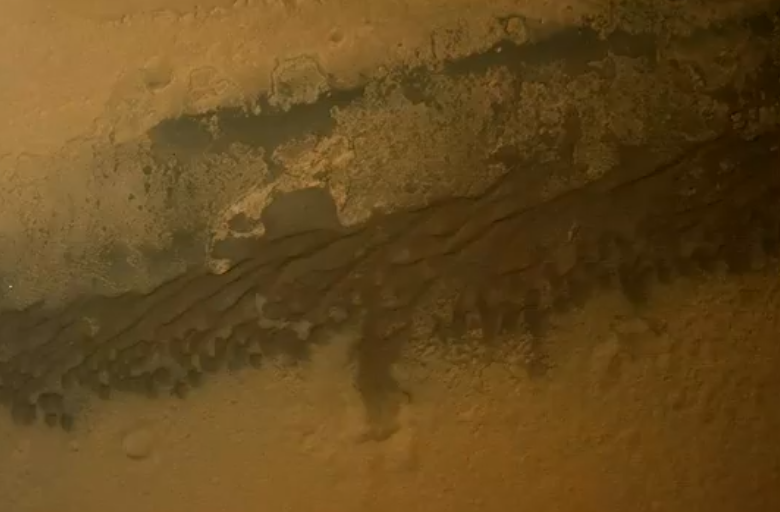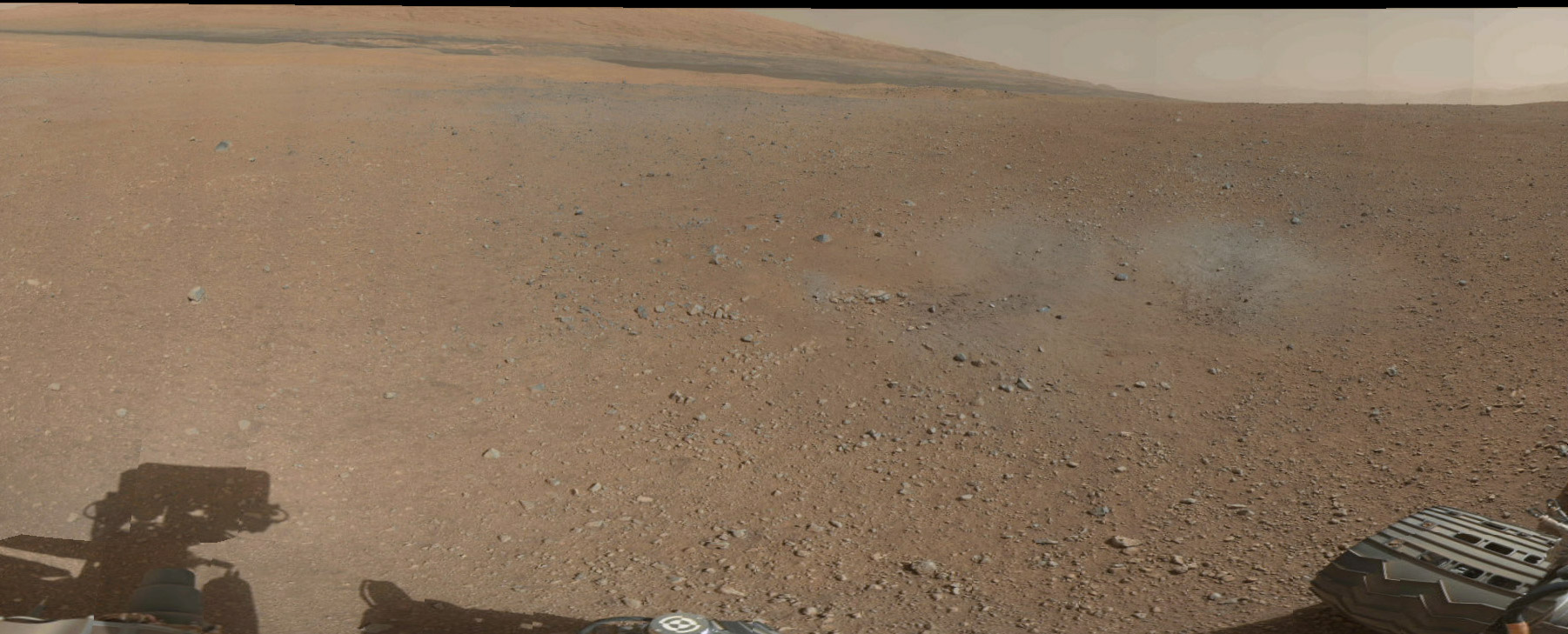So, what does this mean? It means that we don’t always know what we know and we don’t know what we don’t know. Just a few years ago the article A Tale of Planetary Woe was published on NASA’s Science News web site. In it the author says :
“Mars today is bitter cold and bone dry. The rivers and seas are long gone. Its atmosphere is thin and wispy, and if Martian microbes still exist, they’re probably eking out a meager existence somewhere beneath the dusty Martian soil.”
While it’s true that we have not discovered a lush oasis on Mars, we’ve found that it’s a little less desolate. Does that translate into a Martian civilization? Probably not. However, it seems to be a moving target.
In 2009 scientists believed they had identified fossilized bacteria in a meteorite with Martian origins. This suggests that there was some sort of life, if only microscopic, long long ago. However, the idea of liquid water erodes the idea that life “could not exist” on Mars, making it “probably doesn’t exist.” That leap is huge.
This kind of exploration is literally not an exact science. It is finding information, making the best sense of that information with existing knowledge and then digging deeper. I’m very happy to move from “bone dry” to “under certain circumstances, liquid water has been found on Mars.” Now the idea of water can be part of the thinking about Martian exploration. As that thinking adapts the methods for exploring adapt and we’ll find new things because we begin to look for them.
The existence of water certainly changes the views of a manned expedition to Mars (actually considered by 2030). It’s all very exciting news.
Of course, we hope that none of this is disrupted by the actual martians! Remember this guy?

If the Martians do appear, we hope they are wise and wonderful like it Heinlein’s Stranger in a Strange Land.










